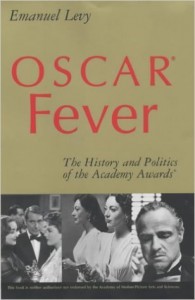The film version is based on the 1950 Broadway musical by composer and lyricist Frank Loesser, with a book by Jo Swerling and Abe Burrows, based on “The Idyll of Miss Sarah Brown” and “Blood Pressure,” two Damon Runyon short stories.
Frank Loesser wrote three new songs for the film: “Pet Me Poppa,” “Your Eyes Are the Eyes of A Woman in Love,” and “Adelaide,” which was written specifically for Sinatra.
At the same time, five original songs from the stage musical were deleted: “A Bushel and a Peck,” “My Time of Day” (they’re heard as background music), “I’ve Never Been in Love Before,” “More I Cannot Wish You,” and “Marry the Man Today.”
The dances were choreographed by Michael Kidd, who had also staged the Broadway production’s numbers.











